Public investment continues to be identified as an important pillar in promoting growth and expanding economic development space. The draft document of the 14th Party Congress clearly identifies the need to “create strong breakthroughs in mechanisms and policies to improve the quality and efficiency of public investment,” considering this a key orientation to ensure sustainable growth and promote transformation of the development model.
In an article contributing comments to the Draft Political Report of the 13th Party Central Committee, Dr. Le Duy Binh, Director of Economica Vietnam, pointed out that reality shows that to achieve the high growth target in the coming years, investment, in which public investment plays a very important role.
Dr. Le Duy Binh said that public investment needs to be oriented in a more selective and effective direction, playing the role of "seed capital" for the private sector and driving force for innovation in the new development stage.
Accordingly, in any economy, although the proportion may be different, public investment is a key component of total demand. In each country, there are different ways for public investment to demonstrate its role as a growth driver. For Vietnam, the more important question is how public investment can contribute effectively and sustainably to the goal of high growth in the era of national development.
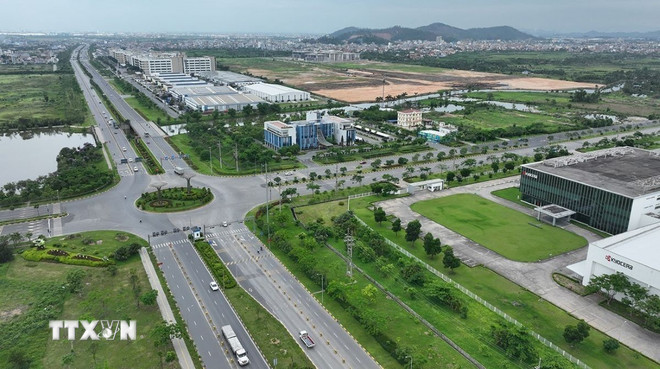
For public investment to truly become a growth driver, Dr. Le Duy Binh believes that it is necessary to clearly recognize three key groups of issues.
Firstly, the economy is requiring a strong transformation in essential infrastructure, forming a material basis for growth and expanding growth space. Infrastructure in transport, technology, telecommunications, along with energy infrastructure, water infrastructure, education, training, and provision of basic social services play an extremely necessary role in the transition to a new growth model, relying more on technology, digital transformation, or innovation.
In addition to expanding growth space, each extended road, seaport, and airport built and upgraded will simultaneously expand the market, increase connectivity between domestic and foreign markets, and reduce logistics costs. Investing in basic social services such as education, health care, and the environment not only improves the quality of growth, ensuring that people benefit from growth, but also improves the quality of human resources for the new growth process.
Second, public investment must stimulate private investment by creating a foundation for private investment, becoming seed capital for private investment, improving the investment environment, and encouraging private investment alongside public investment through public-private partnerships and other forms.
According to statistics, a 1% increase in private investment will bring an absolute value equivalent to a 2.5% increase in public investment and a 3.5% increase in FDI. The pivotal role of public investment in Vietnam's economy in the upcoming development period is reflected in many different aspects like that.
Third, public investment needs to be closely linked to the low productivity, quality, efficiency and competitiveness targets of the economy, improving the ICOR index and requiring innovation in the growth model associated with economic restructuring, in order to turn science, technology and innovation into the main driving force.
This way, the new economy can avoid the situation where growth still relies mainly on capital and labor, and allow the Vietnamese economy to shift to in-depth growth, avoiding the risk of getting stuck in the middle-income trap.
Public investment must increase in quantity and proportion, but it must also be balanced so as not to put great pressure on the fiscal balance and avoid the phenomenon of "crowding out" private capital. To increase public investment or regular expenditure, it will be necessary to increase regular budget revenue, creating pressure and additional burden for businesses and people, and possibly reducing investment and consumer demand.
Thus, public investment needs to be considered in a harmonious context with other factors of aggregate demand and other macroeconomic factors of the economy to suit the context, structure and goals of the Vietnamese economy.
Public investment needs to focus on large, central, key projects, projects that turn the situation around or create major breakthroughs in science and technology, expand growth space, and create an important foundation for future socio-economic development.
The orientations and solutions that Dr. Le Duy Binh proposed are completely similar to the spirit and goals of national development in the 2026-2030 period identified in the Draft Political Report of the 13th Party Central Committee to be presented to the 14th National Congress.
In terms of economy, the Draft sets the target of average GDP growth in the 2026-2030 period at 10%/year or more, GDP per capita by 2030 reaching about 8,500 USD, digital economy accounting for 30% of GDP and public investment accounting for about 20-22% of total social investment capital.
Indicators on productivity, industry structure, accumulation and consumption all emphasize the need to effectively use public resources, considering public investment as the foundation and driving force for the private sector, for innovation and for sustainable growth.
Obviously, improving the quality and efficiency of public investment is not only a technical task of capital allocation or project management, but is a prerequisite to realizing Vietnam's aspiration for rapid, sustainable and self-reliant development in the new era./.
Source: https://www.vietnamplus.vn/gop-y-du-thao-van-kien-dai-hoi-xiv-cua-dang-tao-dot-pha-cho-dau-tu-cong-post1076701.vnp





![[Photo] General Secretary To Lam visits Long Thanh International Airport Project](https://vphoto.vietnam.vn/thumb/1200x675/vietnam/resource/IMAGE/2025/11/13/1763008564398_vna-potal-tong-bi-thu-to-lam-tham-du-an-cang-hang-khong-quoc-te-long-thanh-8404600-1261-jpg.webp)

![[Photo] The "scars" of Da Nang's mountains and forests after storms and floods](https://vphoto.vietnam.vn/thumb/1200x675/vietnam/resource/IMAGE/2025/11/13/1762996564834_sl8-jpg.webp)











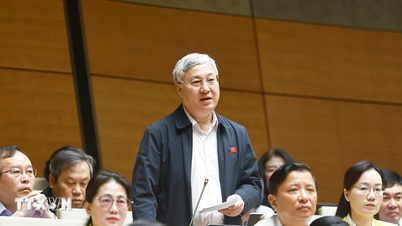


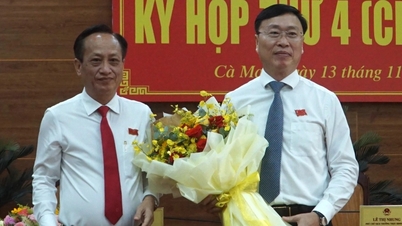

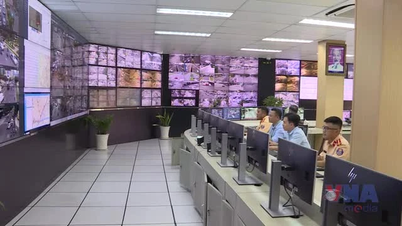
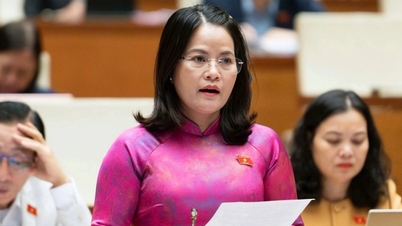
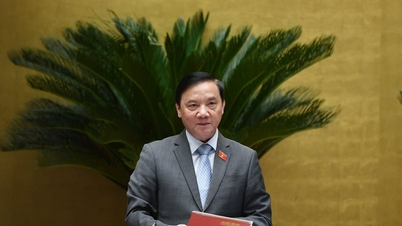













































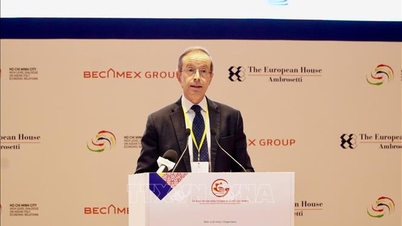











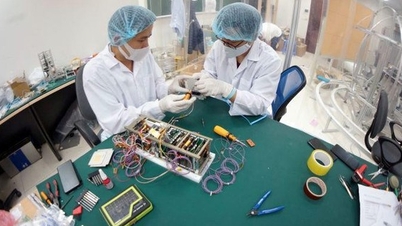







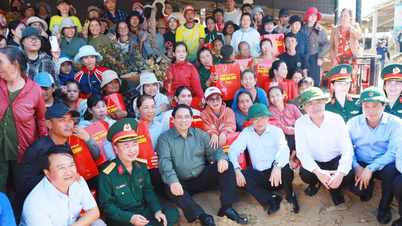


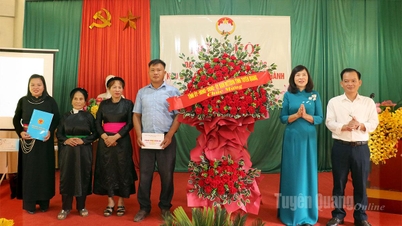





![Dong Nai OCOP transition: [Article 3] Linking tourism with OCOP product consumption](https://vphoto.vietnam.vn/thumb/402x226/vietnam/resource/IMAGE/2025/11/10/1762739199309_1324-2740-7_n-162543_981.jpeg)







Comment (0)